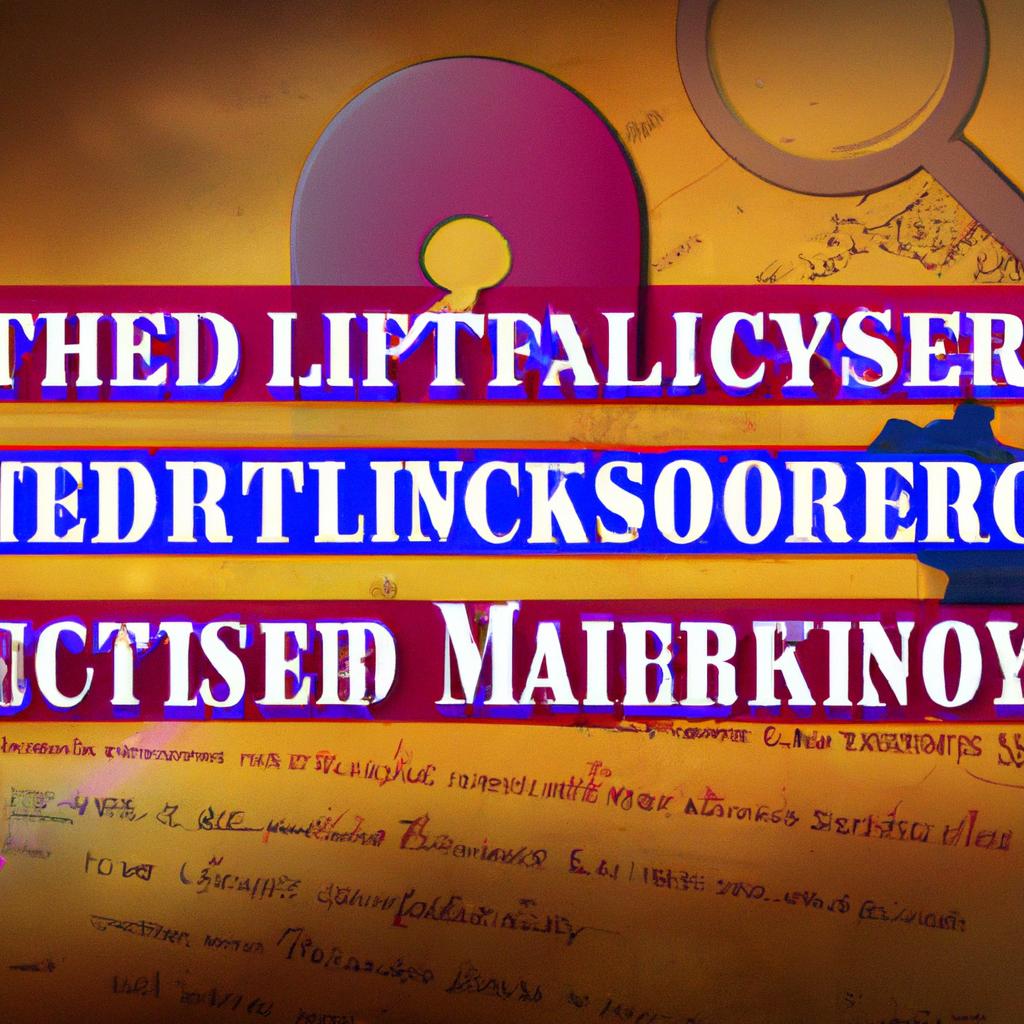Ever pondered about the fate of an individual’s assets after they pass on? A crucial document that comes into play is the certified letter of testamentary. This legal paper is issued by the court to the executor of the deceased’s will, giving them the power to manage the estate. In this article, we delve into the nature of certified letters of testamentary, their necessity, and their pivotal role in the probate process.
Grasping the Concept of Certified Letters of Testamentary
When an individual passes on, their estate must undergo probate court proceedings before any assets can be allocated to beneficiaries. A key document involved in this process is a Certified Letter of Testamentary. This legal paper gives the executor named in the deceased’s will the power to manage their estate. It acts as evidence that the executor has the legal power to act on behalf of the deceased’s estate.
Certified Letters of Testamentary are usually issued by the probate court as part of the probate process. The executor may need to present this document to banks, creditors, and other entities to prove their authority to handle the deceased’s assets. It is crucial for the executor to safely store the original letter and make copies as required.
In cases where there is no will or the named executor is unable or unwilling to serve, the court may appoint an administrator to manage the estate. In such instances, the court would issue Letters of Administration instead of Letters of Testamentary. Both documents serve a similar function but differ in who is given the authority to act on behalf of the estate.
The Procedure of Acquiring Certified Letters of Testamentary
When navigating the procedure of acquiring certified letters of testamentary, there are key steps to follow in order to successfully secure these crucial documents. These letters are typically issued by a probate court and grant the executor of a will the legal authority to manage and distribute the estate of a deceased individual.
Firstly, it is crucial to identify the appropriate probate court in the jurisdiction where the deceased individual resided. This court will supervise the probate process and ultimately issue the certified letters of testamentary. Once the court is identified, the executor must file a petition for probate and provide necessary documentation such as the original will, death certificate, and any other relevant paperwork.
After the petition is filed, the court will schedule a hearing to review the documents and confirm the appointment of the executor. If everything is in order, the court will issue the certified letters of testamentary, granting the executor the legal authority to act on behalf of the estate. It is important to adhere to any deadlines and requirements set by the court to ensure a smooth and efficient probate process.
Advantages of Utilizing Certified Letters of Testamentary
Swift and Legal Access: Utilizing certified letters of testamentary provides swift and legal access to the assets and belongings of a deceased individual. This official document allows the executor of the estate to take control and distribute the assets according to the will or state law.
Assurance: Having certified letters of testamentary provides assurance to both the executor and beneficiaries. Knowing that the estate distribution is being managed in a legal and structured manner can alleviate stress and ensure a smooth process.
Guard Against Disputes: By utilizing certified letters of testamentary, the executor can protect themselves against potential disputes from beneficiaries or other interested parties. This document serves as evidence of authority and legitimacy in managing the estate.
Expert Advice for Managing Certified Letters of Testamentary
Managing certified letters of testamentary can be a challenging task, but with the right advice and guidance, you can navigate this process smoothly. Here are some expert tips to help you manage certified letters of testamentary effectively:
- Maintain organization of all documents: Ensure to keep all the necessary documents, including the letters of testamentary, in a safe and organized manner. This will help you easily access them when needed.
- Adhere to legal procedures: It’s crucial to adhere to all legal procedures and guidelines when dealing with certified letters of testamentary. This will ensure that you comply with all requirements and avoid any legal issues.
| Pertinent Information | Simple Explanation |
|---|---|
| Executor Responsibilities | Comprehend your role and responsibilities as an executor of the estate. |
| Legal Deadlines | Be cognizant of any legal deadlines or timelines associated with managing certified letters of testamentary. |
Remember, managing certified letters of testamentary requires meticulous attention to detail and careful planning. By following these expert tips, you can effectively manage this process and ensure everything runs smoothly.
Closing Thoughts
In conclusion, certified letters of testamentary play a vital role in the distribution of a deceased person’s estate according to their will. By obtaining this legal document, executors gain the authority to act on behalf of the deceased and ensure that their wishes are carried out. It is important to understand the process of obtaining letters of testamentary and to follow the proper procedures to avoid any complications in the future. With the right guidance and legal support, navigating this process can be manageable and ensure a smooth transition of assets to the rightful beneficiaries. Remember, obtaining certified letters of testamentary is not just a legal requirement, but a necessary step in honoring the wishes of the deceased and protecting their legacy.

Unlocking the Mystery: Understanding Certified Letters of Testamentary
What are Certified Letters of Testamentary?
Certified Letters of Testamentary are legal documents issued by a probate court that grant an individual the authority to manage the affairs of a deceased person’s estate. This authority includes the power to collect and distribute assets, pay debts and taxes, and handle any other matters related to the estate.
The Importance of Certified Letters of Testamentary
Having a certified letter of testamentary is crucial for anyone tasked with managing the estate of a deceased individual. Without this document, the individual would not have the legal authority to act on behalf of the estate, which could lead to complications and delays in settling the deceased person’s affairs.
Benefits of Certified Letters of Testamentary
- Legal authority to manage the deceased person’s estate
- Ability to collect and distribute assets
- Power to pay debts and taxes
- Ensures a smooth and efficient settlement of the estate
The Process of Obtaining Certified Letters of Testamentary
The process of obtaining certified letters of testamentary typically involves the following steps:
- File a petition with the probate court
- Attend a hearing to prove the validity of the will
- Receive the letters of testamentary from the court
Practical Tips for Obtaining Certified Letters of Testamentary
- Consult with an experienced probate attorney
- Follow the probate court’s procedures and requirements
- Gather all necessary documents and information
- Keep detailed records of all estate transactions
Case Studies: Certified Letters of Testamentary in Action
Here are some real-life examples of how certified letters of testamentary have been used to manage estates:
| Name | Outcome |
|---|---|
| John Smith | Successfully distributed assets to heirs |
| Mary Johnson | Paid off debts and taxes on the estate |
First-Hand Experience: My Journey with Certified Letters of Testamentary
As someone who has been through the process of obtaining certified letters of testamentary, I can attest to the importance of this document in managing the affairs of a deceased person’s estate. It provided me with the legal authority I needed to carry out my duties effectively and efficiently.
Conclusion
Unlocking the mystery of certified letters of testamentary is essential for anyone involved in the estate settlement process. By understanding the importance, process, and benefits of obtaining this document, individuals can ensure a smooth and successful resolution of a deceased person’s affairs.


